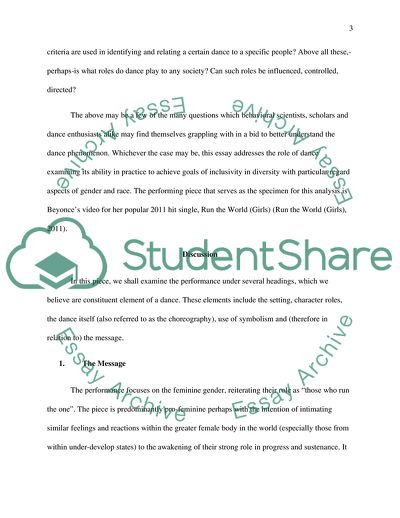Cite this document
(Dance: Diversity and Inclusion Case Study Example | Topics and Well Written Essays - 1500 words - 1, n.d.)
Dance: Diversity and Inclusion Case Study Example | Topics and Well Written Essays - 1500 words - 1. https://studentshare.org/visual-arts-film-studies/1770317-dance-diversity-and-inclusion
Dance: Diversity and Inclusion Case Study Example | Topics and Well Written Essays - 1500 words - 1. https://studentshare.org/visual-arts-film-studies/1770317-dance-diversity-and-inclusion
(Dance: Diversity and Inclusion Case Study Example | Topics and Well Written Essays - 1500 Words - 1)
Dance: Diversity and Inclusion Case Study Example | Topics and Well Written Essays - 1500 Words - 1. https://studentshare.org/visual-arts-film-studies/1770317-dance-diversity-and-inclusion.
Dance: Diversity and Inclusion Case Study Example | Topics and Well Written Essays - 1500 Words - 1. https://studentshare.org/visual-arts-film-studies/1770317-dance-diversity-and-inclusion.
“Dance: Diversity and Inclusion Case Study Example | Topics and Well Written Essays - 1500 Words - 1”. https://studentshare.org/visual-arts-film-studies/1770317-dance-diversity-and-inclusion.


